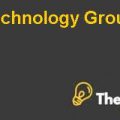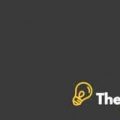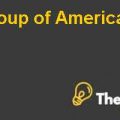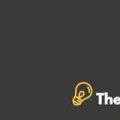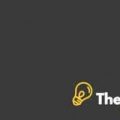INTRODUCTION
BACKGROUND OF KFB
Korea First Bank abbreviated as KFB, was founded in 1929 on 1st of July in Seoul, Korea. KFB was the pioneer of specialized retail banking and it developed its operations in the name of “Chosun Deposit Bank”. Till the end of 1935, four branches and one office had been operated by Chosun nationwide. Because of advanced banking law applied earlier that year, Chosun became privatized. Chosun changed its name to Korea First Bank in December 1957.The journey of KFB started and itproduced many new and innovative banking products. KFB was the first in Korea who introduced check-issuing machine. In 1968, KFB started to expand its business internationally by opening its branch in the Osaka, Japan. After that, KFB started its ten more branches internationally located in America, London, and Hong Kong. By the end of 1980, KFB became the first who connected all its 105 branches through online banking system. In the start of 1990, KFB reported that they have earned the highest profit for three successive years despite of competing foreign banks.Korea First Bank had been progressing with a constructive development before the crisis of 1997-1998.(Risk Exposure and Risk Management at Korea First Bank, 2017)
Risk Exposure And Risk Management At Korea First Bank Harvard Case Solution & Analysis
1997-98 CRISIS
The most disturbing events for KFB during the period 1997-98 was the bankruptcy of Hanbo Steel Corporation, its most important client, who owed $1 billion from the total debt of $ 6 billion, and the Korean financial crisis. Hanbo was a construction company founded in 1974. Hanbo expanded itself from 1989 to 1994by acquiring many diversebusinesses like steel company, pharmaceutical company, and mutual savings funds. The President of the company, Mr Tai-soo Chung, in 1993, decided to build world’s giant steel mill. The estimated cost for this project was W5,700 billion, which was almost double the budgeted amount for the project; demand for steel was declining at that time. Also, the company’s ratio of debt to equity shot to 1600% because it had only W315 billion in the name of shareholder’s equity. It amazed the analysts that KFB was going to lend W5000 billion to Hanbo without any market research about the feasibility of this project. Due to the fact that, the bank was closely related to Hanbo that is why it ignored the restrictions of government of lending excessive money to chaebols.In 1995, Youone, a construction company became bankrupt which was a big threat for KFB’s non-performing loans. In this chaotic situation for the bank, Hanbo acquired Youone to reduce the exposure of KFB. In 1997, KFB fired four of its former executives for not following the governmental regulations.
The signs of the crisis in Korea had been indicated in 1996. The Korean economy was started to decline because of the decrease in exports. The export growth was basically affected by the relative appreciation of the Korean currency Won against Japanese Yen, which affected Korean exporters’ attractiveness and resulted in the shrill decline of Korean goods, which were the main exports of Korea. Interest rates were also increasing at that time putting a burden on corporations’ net profit.........................
This is just a sample partical work. Please place the order on the website to get your own originally done case solution.


